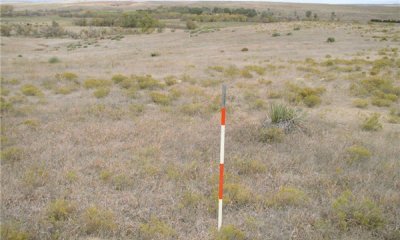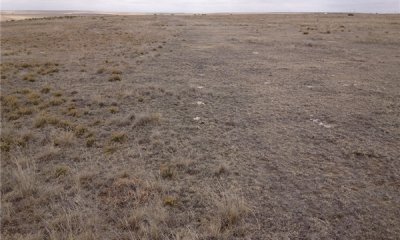
Limy Slopes
Scenario model
Current ecosystem state
Select a state
Management practices/drivers
Select a transition or restoration pathway
- Transition 1 to 2 More details
- Transition 1 to 3 More details
-
No transition or restoration pathway between the selected states has been described
Target ecosystem state
Select a state
Description
The Grassland State is supported by empirical data, historical data, local expertise, and photographs. This state is defined by three native plant communities that are a result of periodic fire, drought, and grazing. These events are part of the natural disturbance regime and climatic process. The Reference Plant Community consists of warm season sod and bunchgrasses, cool season sod forming grasses, forbs and shrubs. The Shortgrass-Midgrass Community is made up primarily of warm season shortgrass and midgrasses with decreasing amounts of forbs. The Midgrass Subshrub Community is dominated by warm season midgrasses and yucca.
Submodel
State 2
Sod bound State



Description
With continuous grazing, buffalograss and blue grama will become the dominant species and have a sod-bound appearance. Unable to withstand the grazing pressure, only a remnant population of western wheatgrass remains.
Species diversity has been reduced further. Water infiltration is reduced and there is an increase in runoff due to the sod nature of buffalograss and blue grama.
Specific dynamic soil property changes between the Grassland State and the Sod-bound State has been documented. As plant community cover decreases from bunchgrasses to more of the sod grasses there is a decrease in infiltration and interception and an increase in surface runoff (Thurow, 2003).
The total average annual production of this site is approximately 1,200 pounds per acre (air-dry weight).
Submodel
Description
The Tillage State consists of abandoned cropland that has been naturally revegetated (go-back) or planted/seeded to grassland. Many reseeded plant communities were planted with a local seeding mix under the Conservation Reserve Program (CRP) or were planted to a monoculture of sideoats grama. Go-back communities are difficult to define due to the variability of plant communities that exist. Many of these communities are represented by the genus Aristida (three-awns).
This is an alternative state because the ecological functions, i.e. dynamic soil properties and plant communities, are not fully restored to that of the reference state. Tillage can destroy soil aggregation. Soil aggregates are an example of dynamic soil property change. Aggregate stability is critical for infiltration, root growth, and resistance to water and wind erosion (Brady and Weil, 2008).
Submodel
Mechanism
Long-term management without a forage and animal balance and continuous grazing without adequate recovery periods between grazing events will convert the Reference Plant Community to a community of blue grama and buffalograss sod. Drought, in combination with this type of management, will quicken the rate at which the Reference Community pathways to the Shortgrass Community. The impacts on the hydrologic cycle have reduced the Grassland State resilience. Soil dynamic property changes include an increase bulk density and a decrease in aggregate stability.
Model keys
Briefcase
Add ecological sites and Major Land Resource Areas to your briefcase by clicking on the briefcase (![]() ) icon wherever it occurs. Drag and drop items to reorder. Cookies are used to store briefcase items between browsing sessions. Because of this, the number of items that can be added to your briefcase is limited, and briefcase items added on one device and browser cannot be accessed from another device or browser. Users who do not wish to place cookies on their devices should not use the briefcase tool. Briefcase cookies serve no other purpose than described here and are deleted whenever browsing history is cleared.
) icon wherever it occurs. Drag and drop items to reorder. Cookies are used to store briefcase items between browsing sessions. Because of this, the number of items that can be added to your briefcase is limited, and briefcase items added on one device and browser cannot be accessed from another device or browser. Users who do not wish to place cookies on their devices should not use the briefcase tool. Briefcase cookies serve no other purpose than described here and are deleted whenever browsing history is cleared.
Ecological sites
Major Land Resource Areas
The Ecosystem Dynamics Interpretive Tool is an information system framework developed by the USDA-ARS Jornada Experimental Range, USDA Natural Resources Conservation Service, and New Mexico State University.

